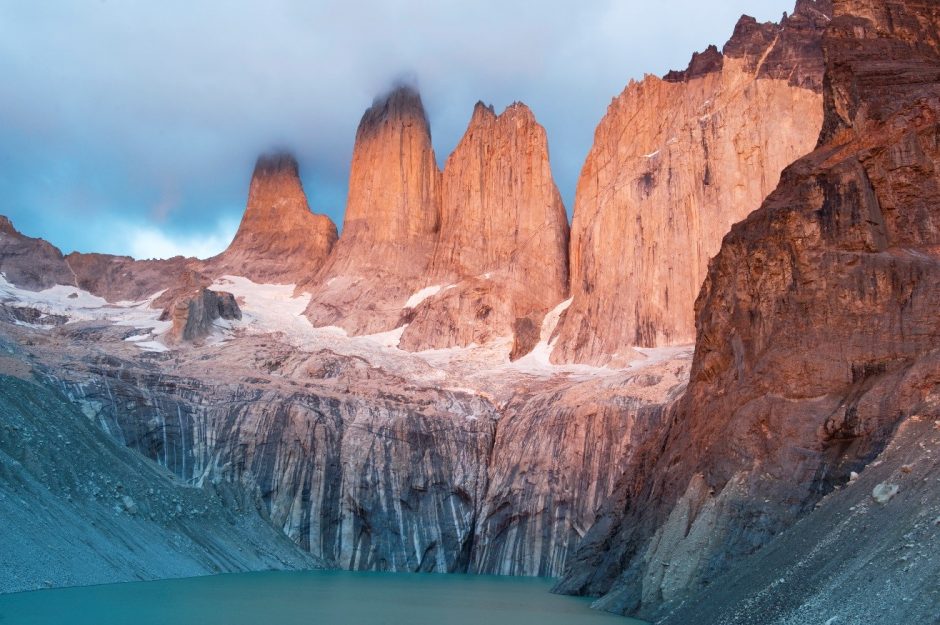
Back to Basics: Elements of a Great Landscape Photo
If you are planning a photo expedition anywhere out-of-doors, chances are you’re going to have the opportunity for landscape photography. Sure, some areas are more iconic, like Patagonia’s incredible mountains and glaciers, or Alaska’s Mt. Denali, but the basic “rules” exist because they are quite universal. Follow these tricks and tips for turning the best views into your most treasured landscape photos on your next photo expedition.
Composition is King
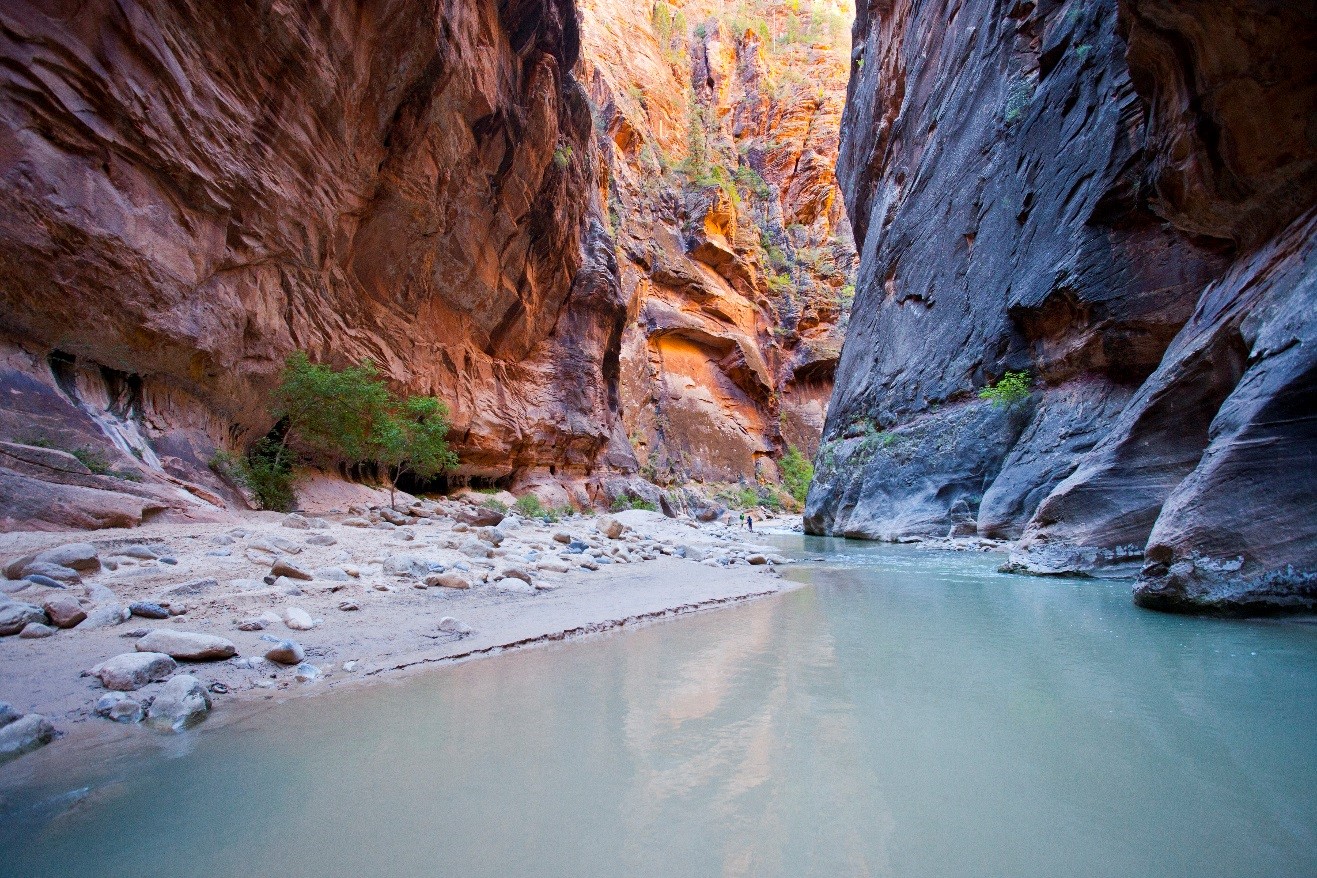
Composition is critical for all good photos, but it is especially important when there isn’t a single subject. With landscape photography, you could say that composition and the combination of elements is actually the subject! Sure, you are taking a photo of a river, or a mountain, or a glacier, but they typically aren’t by themselves or isolated like wildlife or human subjects can be. Instead, it’s more of how the river winds, the mountains tower, or in the case of the above photo, how the canyon walls erupt from the water, creating unique angles and light within the small box that is the photo.
It’s hard to take a bad photo of the Zion Narrows, but it does take a little planning and extra effort to take a photo to the next level. Sure, the canyon walls are cool, but are they that cool? Not by themselves…instead (in my humble opinion) it’s the fact that they tower 2,000 feet high, bounce glorious light in all directions, and have a small river cutting through them that has this spectacular milky blue hue to it surrounded by pockets of green vegetation. Thus, the real trick is how do you include it all, and more importantly balance it all in the photo.
If you haven’t read up on our Composition page, check it out here for more tips on how to incorporate things like the rule-of-thirds and the golden ratio into your photography.
Good Light = Great Photo; Great Light = Exceptional Photo
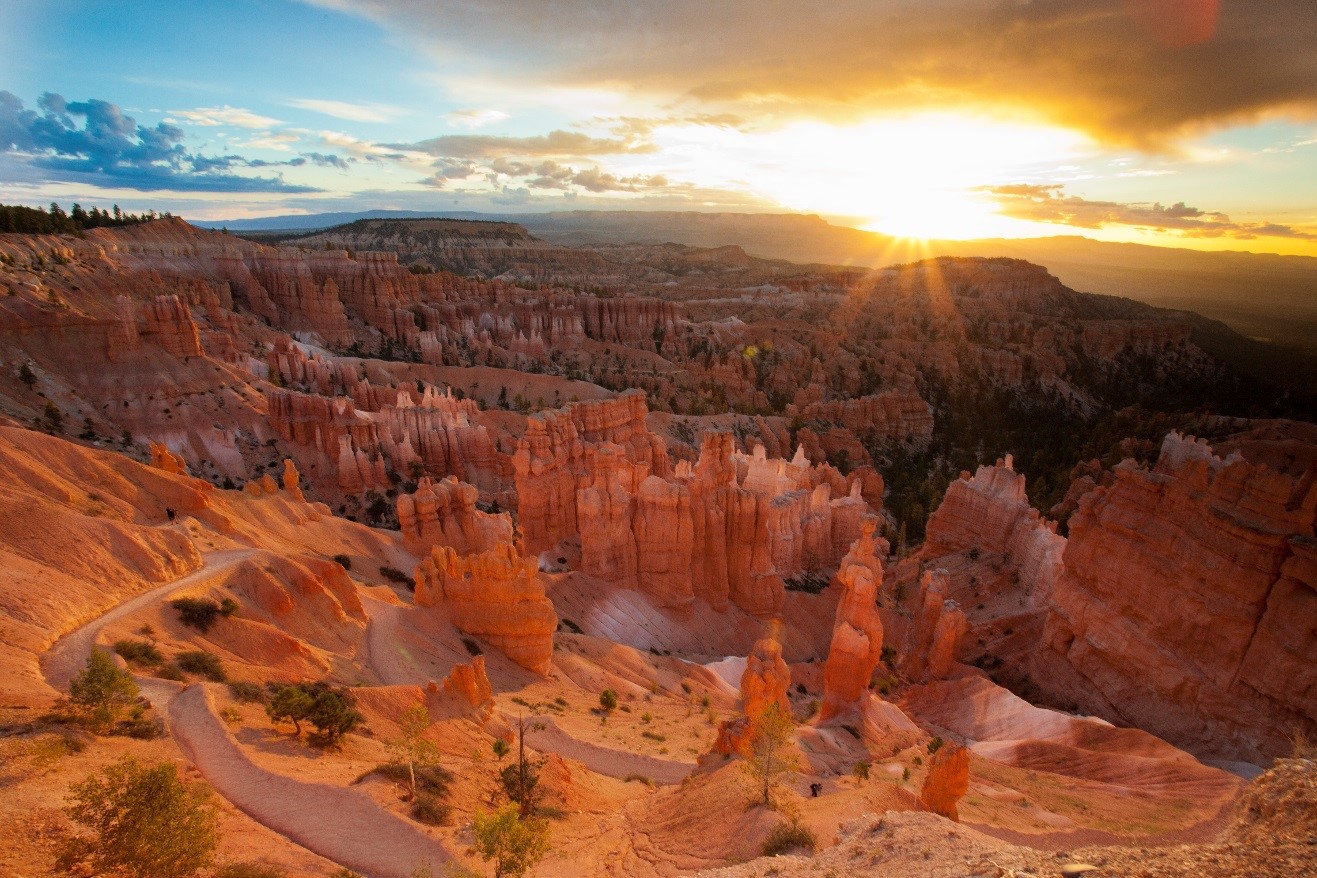
You don’t have to seek out exceptional lighting, but you should at least know when and how to look for it. And when you do see it, or you create your opportunity by waking early morning or staying later in the evening to capture it, it’s usually worth it.
There are many ways to capture great lighting, but of course the most obvious is morning and evening, when the sun is lower, softer, and usually a more golden color.
However, there are other things to pay attention to:
- soft or blue-hued lighting through clouds
- effect of lighting from storms (often an eerie yellow color or high contrast scene)
- colored light bouncing off of surfaces, like water, rocks, canyons, etc.
- atmosphere, like haze, fog, etc.
The above list highlights both challenges and opportunities. While fog or haze can obstruct your view, it can also create a fascinating feel to the photo…use these things to your advantage. And same thing goes with clouds, whether they’re diffuse or heavily contrasting, they can become a vital asset to your photo, not just as something to include, but also how they affect the overall lighting.
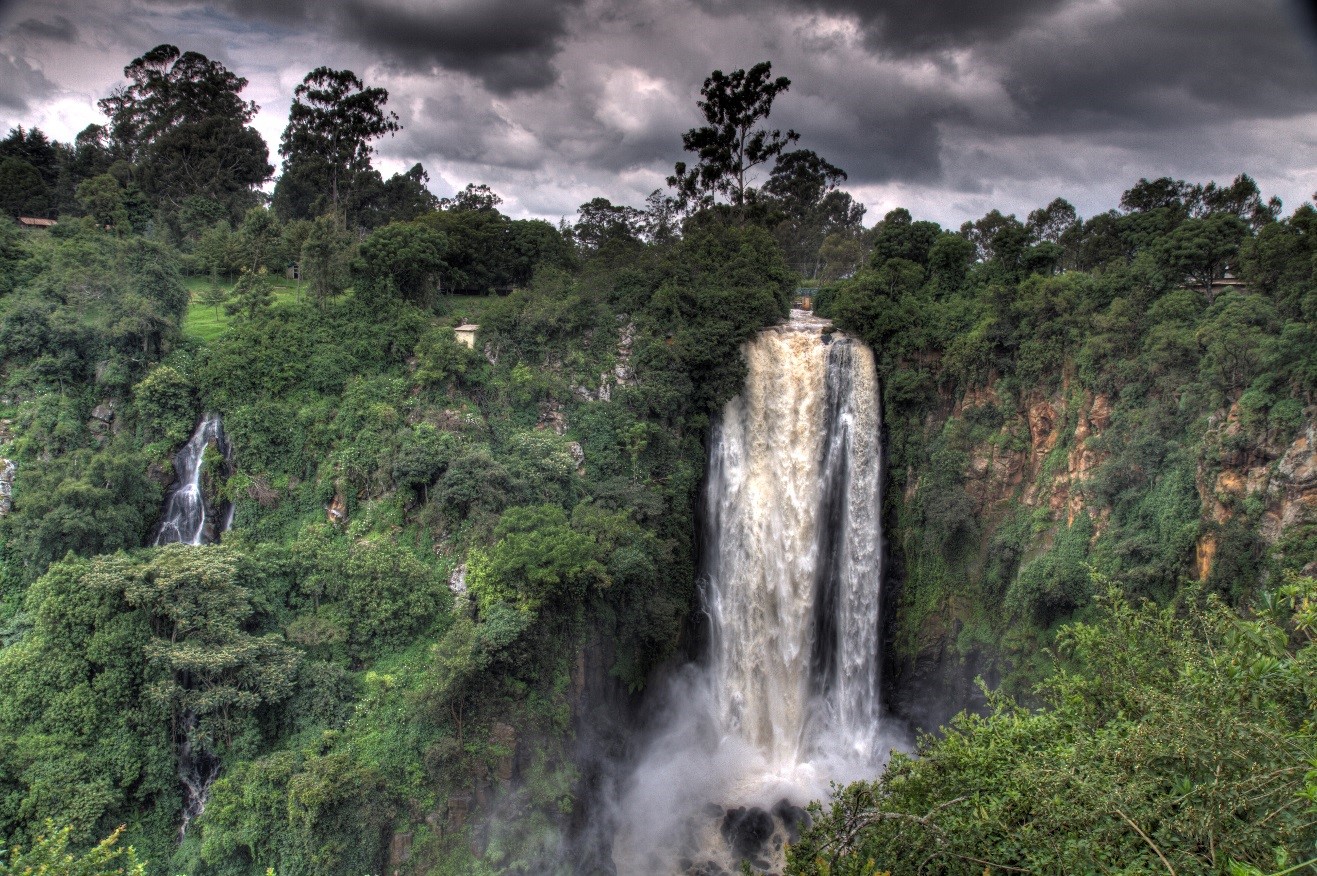
Put Something in the Foreground
When thinking of a “landscape photo”, most people often think of pristine nature… just the mountains and the meadows. However, this is fairly limiting and can cause you to miss out on telling a deeper story. In the below photo, we see the spectacular jungle of southern Thailand, in Khao Sok National Park, quite literally engulfing this small fishing village. One option would have been to get in position to exclude the buildings. But, I chose not to, as I thought they would really help tell the story of the area, and provide excellent scale and context to the size of the jungle around them. I think it turned out as I had envisioned it.
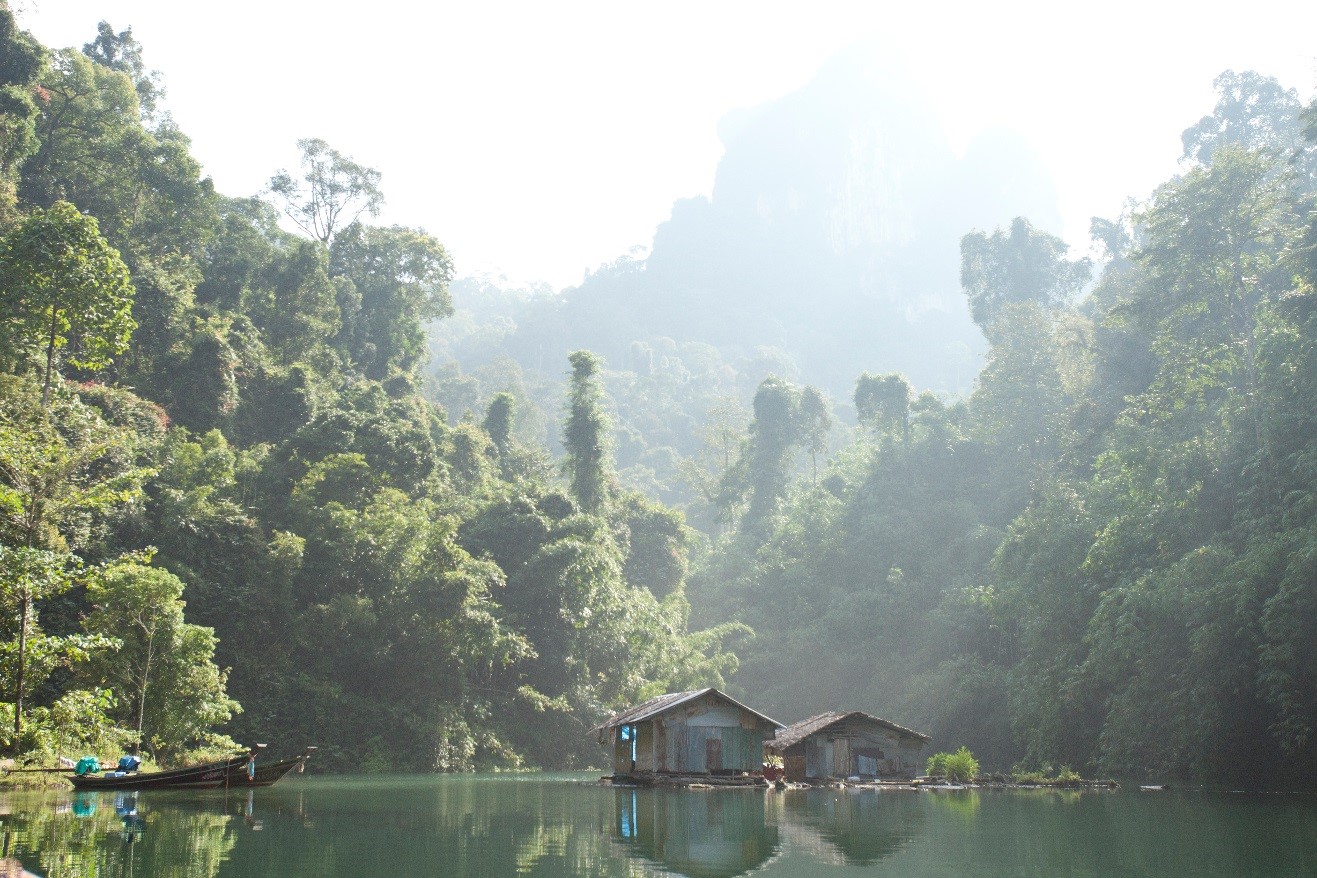
In addition, placing things like human settlements, or even humans for that matter, help put your audience in a “picture yourself here” vibe, which helps connect the viewer to your photo. The more connected they feel, the more they’re going to like it.
When choosing the elements of your landscape shot, this is an imperative consideration. Do you have a foreground element you can use?
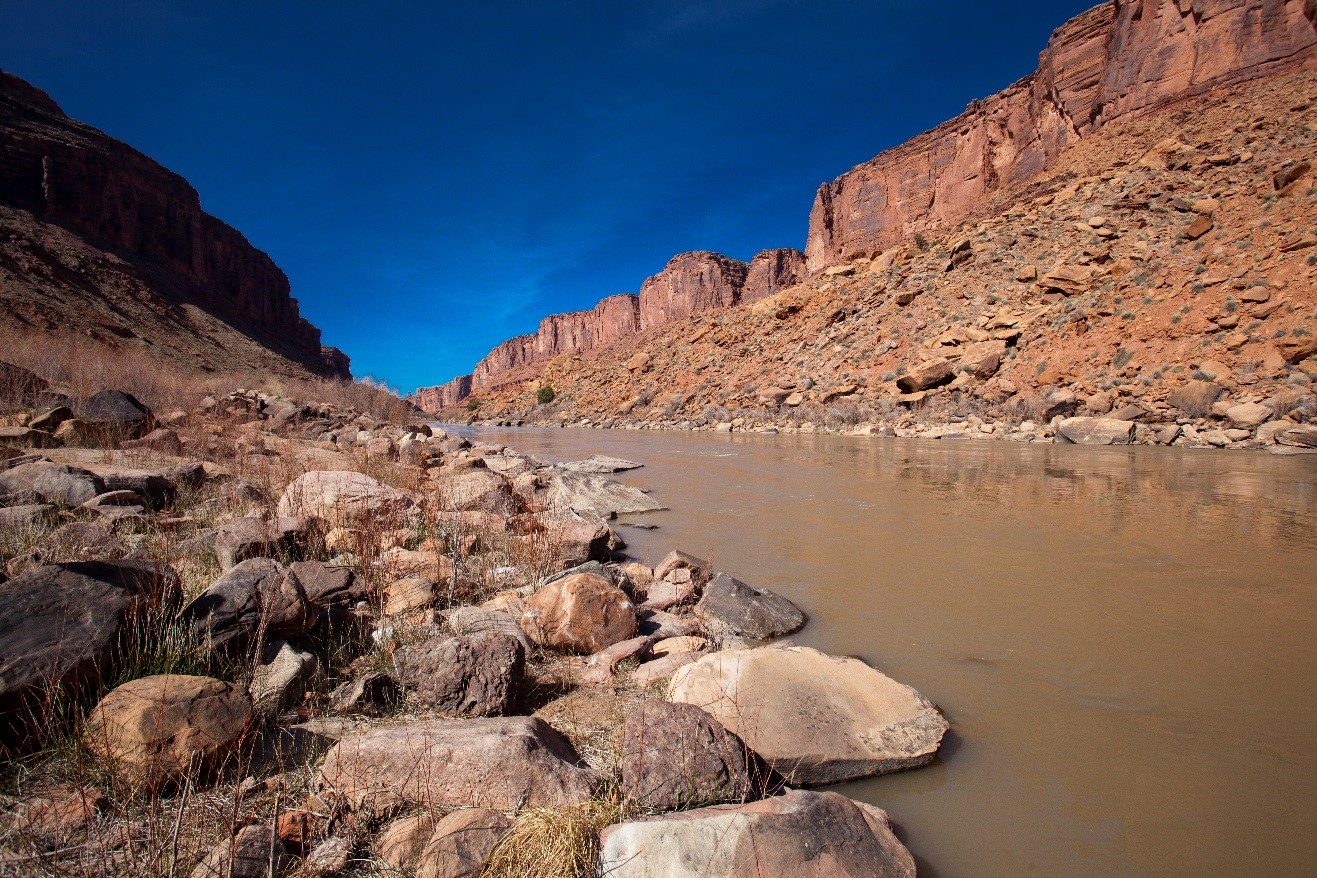
Chances are, the majority of your potential landscape shots will not be of some sensational towering mountain, but instead be of really neat scenes, that you of course want to document and capture, but may not have a single “WOW” element to them. Sure, the above photo of the Colorado River, as it flows through Moab, UT, is really neat, but there isn’t really a singular thing that makes it WOW. It’s more of a whole impression type of photo. Thus, I need/want to incorporate a foreground element to help frame the photo. It doesn’t need to be much, as evidenced by the patch of rocks and grasses in the foreground, but it does help significantly tie everything together. If you don’t typically do this, start experimenting with it and I bet you like your landscape photos with a foreground element best.
Bring it All Together
And when possible, bring it all together and combine the worlds of travel or wildlife photography and landscape photography, along with deliberate composition and lighting, using something travel-related as your foreground element, like the below.
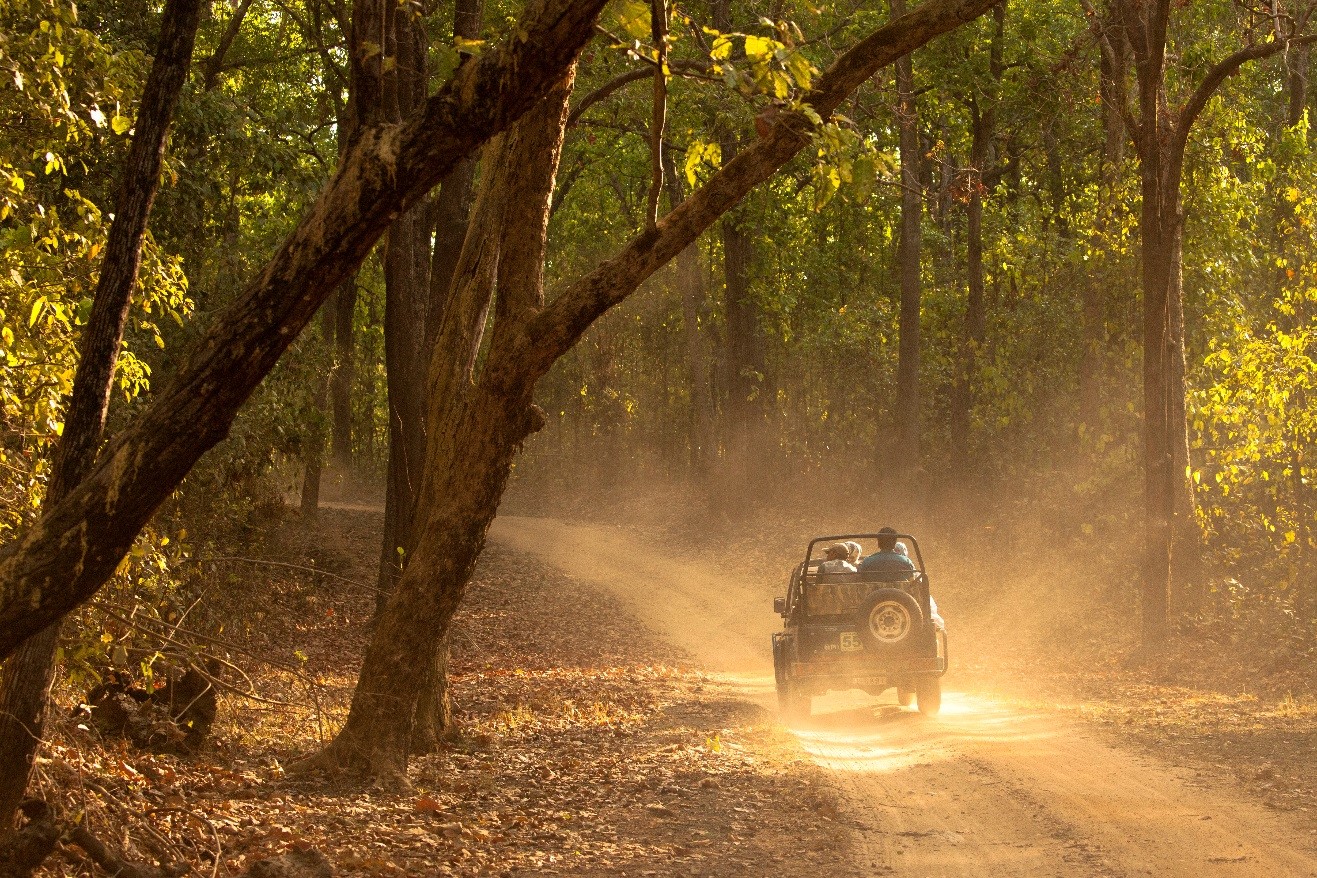
Landscape photography is one of the core styles of photography and opportunities exist everywhere. I hope these tips help you better enjoy your next photographic foray and come home with even more extraordinary photos.
All the best,
1 Comment

Liz
May 2, 2018 at 10:25 pm
Great tips..! Thanks do much…!